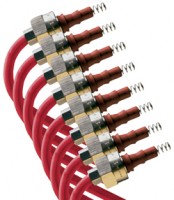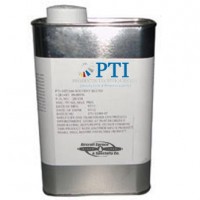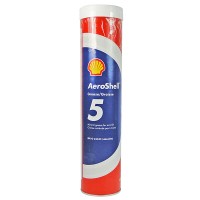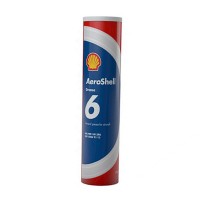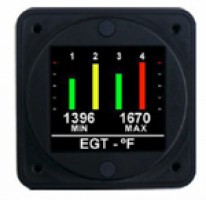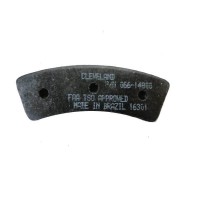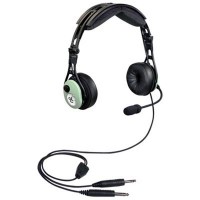SAME DAY SHIPPING ON ORDERS PLACED BY 4 PM | 877-4-SPRUCE
C-54 Skymaster Model
$259.95/Each
Part# 13-10497
MFR Model# AC054
MFR Model# AC054
Overview
|
The Douglas C-54 Skymaster was a four-engined transport aircraft used by the United States Army Air Forces in World War II. Like the C-47 Skytrain, the C-54 Skymaster was derived from a civilian airliner (the Douglas DC-4). C-54s began service with the Army Air Forces in 1942, carrying up to 26 passengers. (Later versions carried up to 50 passengers.) The U.S. Navy also acquired the type, under the designation R5D. The C-54 was one of the most commonly used transports by the U.S. armed forces in World War II. 515 C-54s were manufactured in Santa Monica, CA and 655 were manufactured in Chicago, Illinois. After World War II, the C-54 continued to serve as the primary airlifter of the new United States Air Force. The USAF Strategic Air Command had C-54 Skymasters in service from 1946 through 1975. President Harry S. Truman signed the National Security Act of 1947, which created the U.S. Air Force, on board ""Sacred Cow"", the Presidential C-54 which is preserved at the National Museum of the United States Air Force. More than 300 C-54s and R5Ds formed the backbone of the Berlin Airlift in 1948. They also served as the main airlift during the Korean War. After the Korean War, the C-54 was replaced by the Douglas C-124 Globemaster II, but continued to be used by the U.S. Air Force until 1972. The C-54 was the personal aircraft of Franklin D. Roosevelt, Douglas MacArthur, and Winston Churchill (along with an Avro York). The C-54 was also used by the Royal Air Force, Royal Canadian Air Force, the Armée de lAir, and the armed forces of twelve other nations. |
WARNING: Cancer and Reproductive Harm - www.P65Warnings.ca.gov. |
Q&A
Please note, Aircraft Spruce's personnel are not certified aircraft mechanics and can only provide general support and ideas, which should not be relied upon or implemented in lieu of consulting an A&P or other qualified technician. Aircraft Spruce assumes no responsibility or liability for any issue or problem which may arise from any repair, modification or other work done from this knowledge base. Any product eligibility information provided here is based on general application guides and we recommend always referring to your specific aircraft parts manual, the parts manufacturer or consulting with a qualified mechanic.


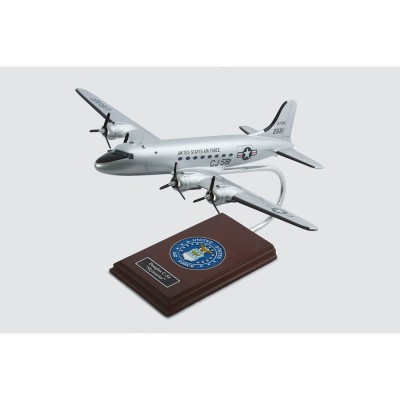





 FREE Shipping
FREE Shipping
